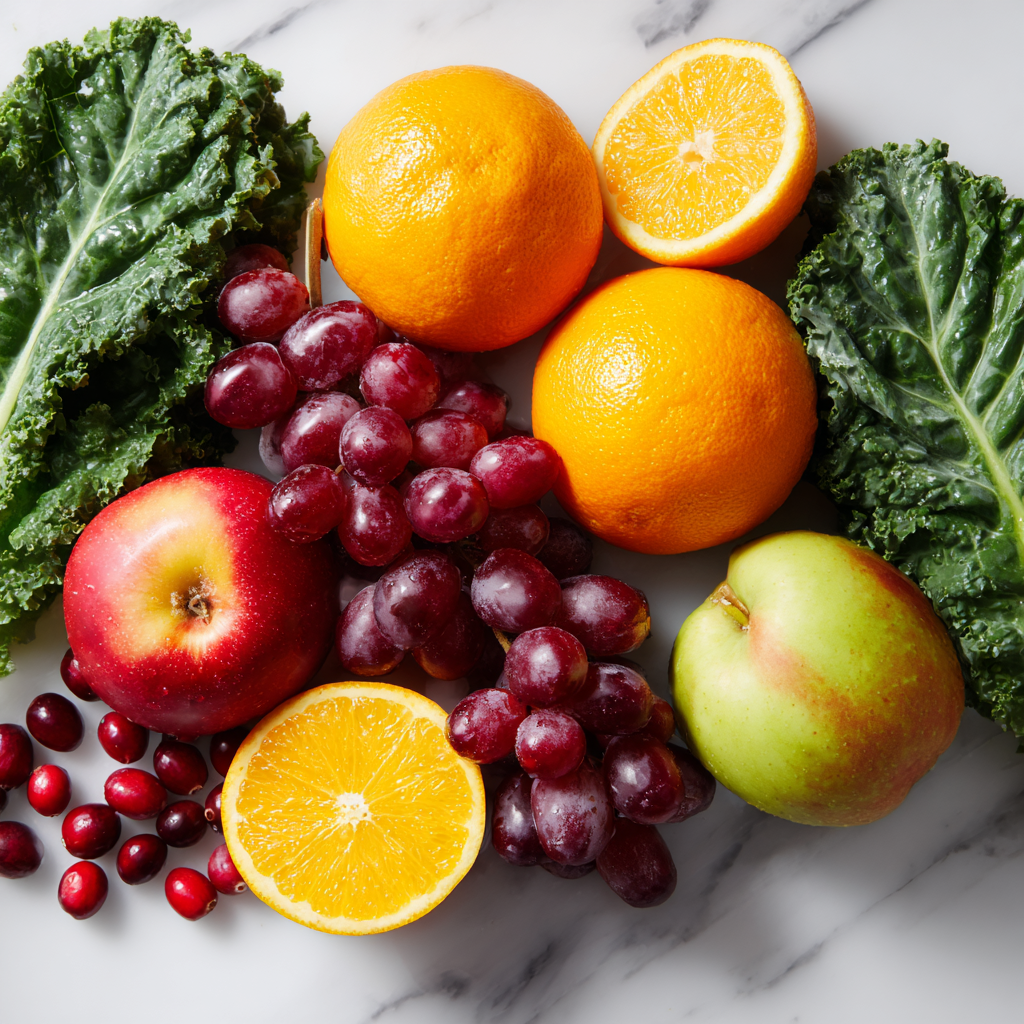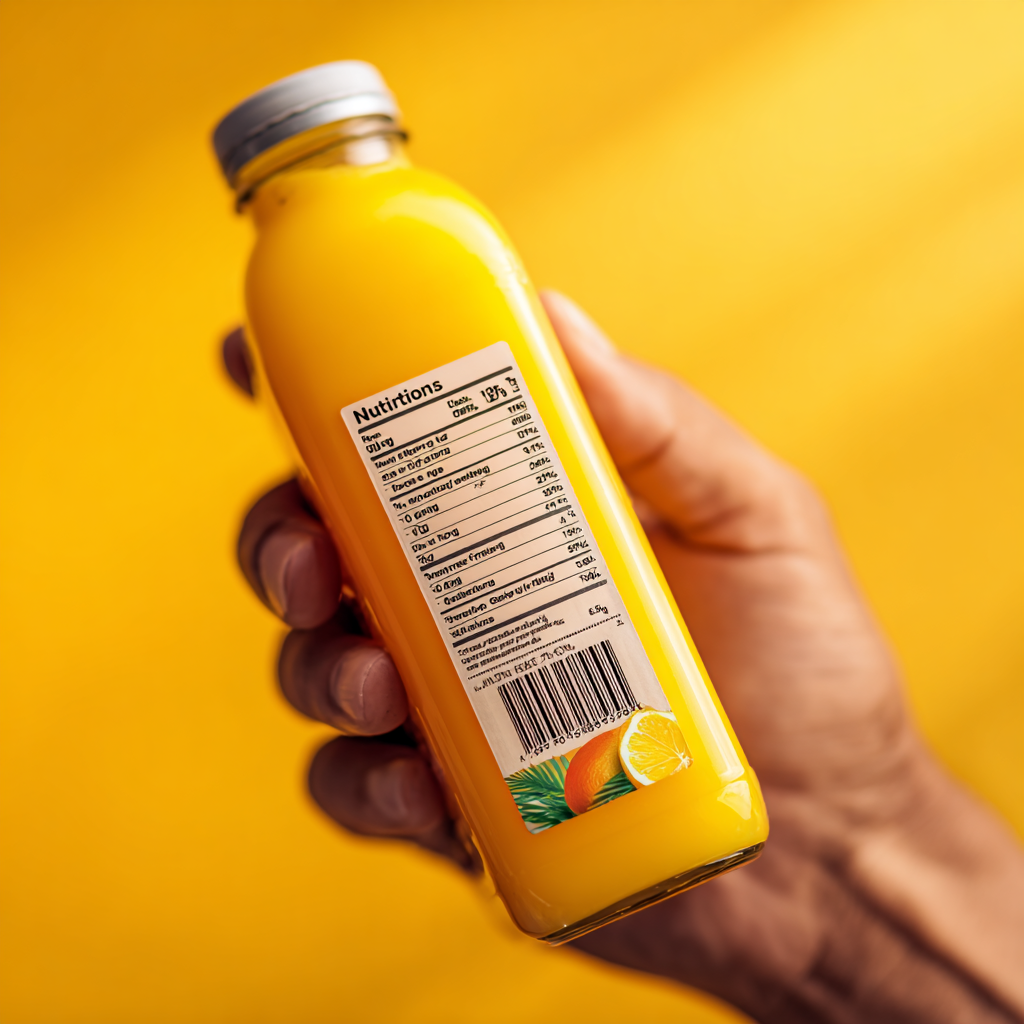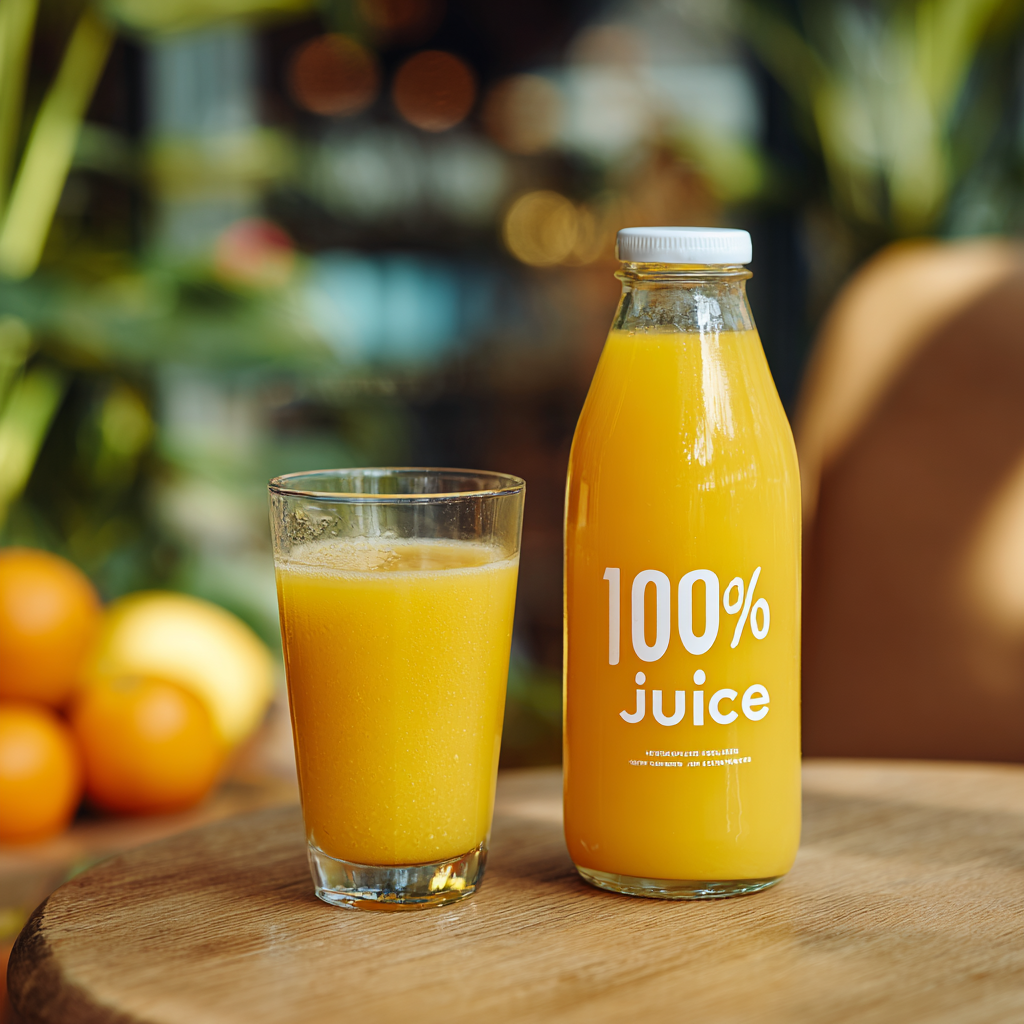Every morning, millions of us grab a glass of juice without thinking twice—orange, apple, or maybe something green and trendy. But how often do we stop and ask if beverages juices mean the same thing? In this guide, we’ll break down what makes juice a beverage, how it’s categorized, and why that little carton can sometimes be more than just fruit. You’ll also learn about types of juice-based drinks, health tips, and how to tell the difference between real juice and flavored imposters. Let’s start with a quick story from my own kitchen.
PrintBeverages Juices: Understanding the Difference and Everyday Uses
- Total Time: 5 minutes
- Yield: 2 servings
- Diet: Vegetarian
Description
A simple homemade blend of fresh juices perfect for mornings or clean sipping. Full of natural flavor and no added sugar.
Ingredients
2 oranges (peeled)
1 apple (cored)
1/2 cup pineapple chunks
1/4 cup water (optional for thinning)
Ice (optional)
Instructions
1. Wash and prep all fruits.
2. Cut oranges and apple into chunks.
3. Add all ingredients to a blender.
4. Blend until smooth.
5. Strain if you prefer a pulp-free texture.
6. Serve chilled over ice or refrigerate immediately.
Notes
You can substitute pineapple with mango for a different flavor.
Add mint leaves for a refreshing twist.
- Prep Time: 5 minutes
- Cook Time: 0 minutes
- Category: Drink
- Method: Blended
- Cuisine: American
Table of Contents
The Story & Intro
Morning Routine with Juice and Why I Thought It Was Special
Every day before school drop-off, I poured my daughter a small glass of apple juice. She’d sip it slowly, then ask for water. One morning, she looked at the bottle and asked, “Is this a drink or just juice?” That got me thinking—what really counts as beverages juices and why do we treat juice like it’s something completely different?
That single question turned into a deeper dive. I realized that while juice is definitely a type of drink, not every drink can be considered juice. Many people lump them together without understanding the difference. And honestly, I’d done the same until that moment.
This especially matters when you’re trying to make healthy choices. For instance, I used to keep a few bottles of liver cleanse juice detox in the fridge, thinking they were “better” than regular juice. Turns out, some of them had less actual fruit and more added sugar than I thought.
For more recipes :
Why “Juice” Isn’t Just Juice—The Real Meaning Behind the Bottle

Juice is made by extracting liquid from fruits or vegetables. When it’s 100% juice, it’s categorized under beverages juices without question. But many popular items on shelves are labeled “juice drinks,” “juice cocktail,” or “fruit beverage”—which often means they’re diluted or sweetened.
That’s where it gets tricky. A drink like birch tree juice offers natural sap with minimal processing. In contrast, a boxed “fruit punch” may contain less than 10% real juice. Both are beverages—but only one is truly juice.
In daily life, understanding how beverages juices are labeled helps you make better choices. Whether it’s for your kid’s lunchbox or your next smoothie, knowing what’s in that glass really does matter.
Juices vs. Other Beverages
Are Juices Considered Beverages? (Surprising Answer)
Let’s clear this up right away—juice is absolutely a beverage. Any liquid you can drink falls into that category. That includes water, coffee, tea, soft drinks, and yes, juice. All juices are beverages, but not every beverage is juice. That’s why people often ask where beverages juices fit into daily nutrition.
The reason for the confusion? Juice feels different. It’s often tied to health or breakfast routines, not just hydration. When you pour a glass of orange or apple juice, you might see it as a source of nutrients more than something to simply quench your thirst.
Some juices also serve more functional purposes. In anti-inflammatory diets like autoimmune paleo meals, vegetable-based juices are common for supporting digestion and reducing flare-ups. These aren’t treated the same way as sugary beverages like soda. They’re drinks, sure—but they also carry purpose.
Juices, Sodas, Waters: What Sets Them Apart in Nutrition and Function

All beverages serve one goal: hydration. But their ingredients and effects vary widely. When comparing beverages juices with sodas or flavored waters, it helps to look at what they offer beyond just liquid.
Juices made from real fruits or vegetables include natural vitamins, antioxidants, and sometimes fiber. On the other hand, soda delivers added sugars and carbonation with no real nutritional gain. Flavored waters may hydrate but rarely offer more.
The tricky part? Labels. Drinks that say “juice cocktail” or “fruit beverage” may contain less than 10% actual juice. That’s a big difference from something like tart cherry juice for gout, which is made with real fruit and often used for inflammation relief.
When choosing between options, it’s helpful to understand how beverages juices are categorized and marketed. Some nourish, others simply fill a cup. But both land in the beverage aisle—side by side, yet very different.
Types and Examples of Fruit Juice Beverages
Common Juices You’ll Find at Home (and What They Contain)
From breakfast tables to packed lunches, juices are everywhere. But when it comes to identifying beverages juices, not all are made equal. Let’s start with the basics. You probably have apple, orange, or grape juice in your fridge right now. These are staples because they’re familiar, affordable, and often fortified with vitamin C.
But not all of them are 100% juice. Many popular options on store shelves are diluted with water and sugar. For example, some fruit punch products contain just 5% juice, even if they look colorful and fruity. That’s why reading the label matters. The closer the ingredient list starts with the actual fruit, the more likely you’re getting real juice—not just a beverage flavored to taste like one.
I’ve personally made the switch in my own pantry. Instead of buying boxed blends, I started keeping a bottle of cranberry juice good for kidneys on hand. It’s not only more natural, but also supports urinary health. That’s something a fruit cocktail in a pouch won’t do.
Blends, Concentrates, and Mocktails: Juice-Based Beverage Varieties
Let’s talk categories. The term beverages juices also includes blends like orange-mango, green juices, and detox mixes. These combine different fruits—and sometimes veggies—into one drink. Then there are juice concentrates. These are juices with the water removed for easier shipping and longer shelf life. When you add water at home, you’re rehydrating the juice—but it might taste different than fresh.
Mocktails and juice spritzers are also growing in popularity. They give you a fizzy, fun experience without alcohol but often use real juice as a base. Just be cautious—many come with hidden sweeteners and additives.
One option I’ve grown to love? Mixing my own juice spritzers at home using natural blends. I’ve even added small amounts of malibu drink with pineapple juice on weekends for a treat. Just a splash of the good stuff over a tall glass of ice does the trick.
Smart Sipping Tips

How to Choose Healthier Juice-Based Beverages
It’s perfectly fine to enjoy a glass of juice. But when it comes to choosing healthier beverages juices, you need to read beyond the front label. Start by checking the ingredient list. Look for phrases like “100% juice,” which usually means there’s no added sugar or artificial flavors. If it says “juice drink,” it likely includes water, corn syrup, and other fillers.
Another tip? Watch the serving size. Many bottles list nutrition facts per 8 ounces, but sell 16 or 20 ounces in a single package. That doubles your sugar intake without warning.
I used to buy fruit punch thinking it was harmless. Then I switched to fresh juices or ones like bland diet meal plan–approved low-acid juices for sensitive digestion. That simple swap made a big difference in how I felt.
You don’t need to sacrifice flavor to stay healthy. Just make sure your beverages juices start with real fruit and contain ingredients you recognize.
What Labels Don’t Tell You: Added Sugar, Water Content & Pulp Tricks
One of the biggest problems with store-bought juice is what gets hidden behind fancy branding. Many companies add apple or white grape juice as a sweet filler. So even if your bottle says “blueberry blend,” you might be drinking mostly apple juice.
Watch out for “from concentrate” too. It’s not always bad—but it means the juice was boiled down and rehydrated, which can lower the nutrient value and alter taste. Pulp content also matters. More pulp often means more fiber, which helps slow sugar absorption.
Some people choose beverages juices thinking they’re choosing something fresh and wholesome. And sometimes they are. But other times, they’re drinking glorified sugar water. That’s why smart sipping means knowing what’s in your glass—and why.
When I shop now, I lean toward options I’d feel okay serving every day. That includes natural juices found in healthy Walmart meals guide, where budget meets balance. Because a good juice shouldn’t be complicated—it should just be real.
Frequently Asked Questions
Are juices considered as beverages?
Yes, juices are beverages. Any liquid meant for drinking is considered a beverage, and juice fits that category. What sets it apart is that it’s made directly from fruits or vegetables, making it more nutrient-rich than many other drink options.
What is the difference between beverage and juice?
A beverage is any drinkable liquid. Juice is a type of beverage made by extracting liquid from fruits or vegetables. So, all juice is a beverage, but not all beverages are juice. Water, soda, tea, and energy drinks are beverages too, but they’re not juice.
What are the examples of fruit juice beverages?
Common examples include orange juice, apple juice, grape juice, pineapple juice, and blends like mango-orange or strawberry-kiwi. Some juices, like cranberry juice good for kidneys, also offer targeted health benefits, making them popular in wellness routines.
Is apple juice a beverage?
Yes, apple juice is a beverage. It’s one of the most widely consumed fruit juices in the world. When it’s labeled as 100% juice, it means no added sugar or artificial ingredients—just real juice extracted from apples.
Conclusion
Juice is more than just a sweet drink—it’s a part of our daily habits, our diets, and sometimes even our health routines. Whether you’re sipping fresh orange juice in the morning or blending your own mix for lunch, knowing how beverages juices differ from other drink options helps you make better choices.
Labels can be tricky, ingredients can surprise you, and not all juice-based drinks are as healthy as they seem. But with a little knowledge, you can spot the difference between a sugary filler and a real, nourishing glass of juice. So next time you pick up a bottle, ask yourself: is this just a beverage, or is it juice that truly benefits me?

